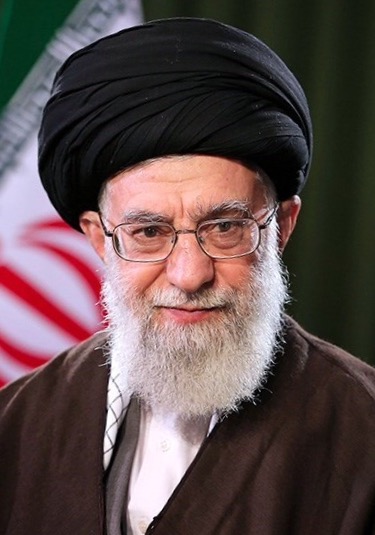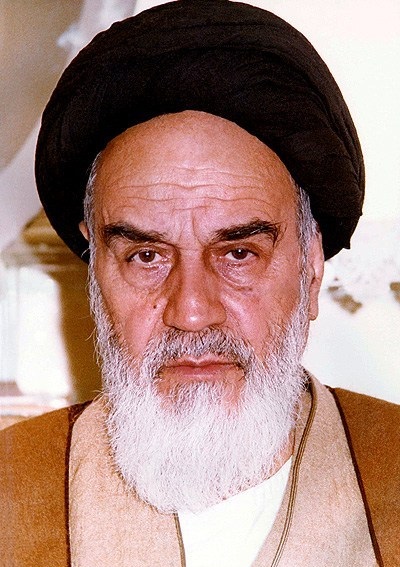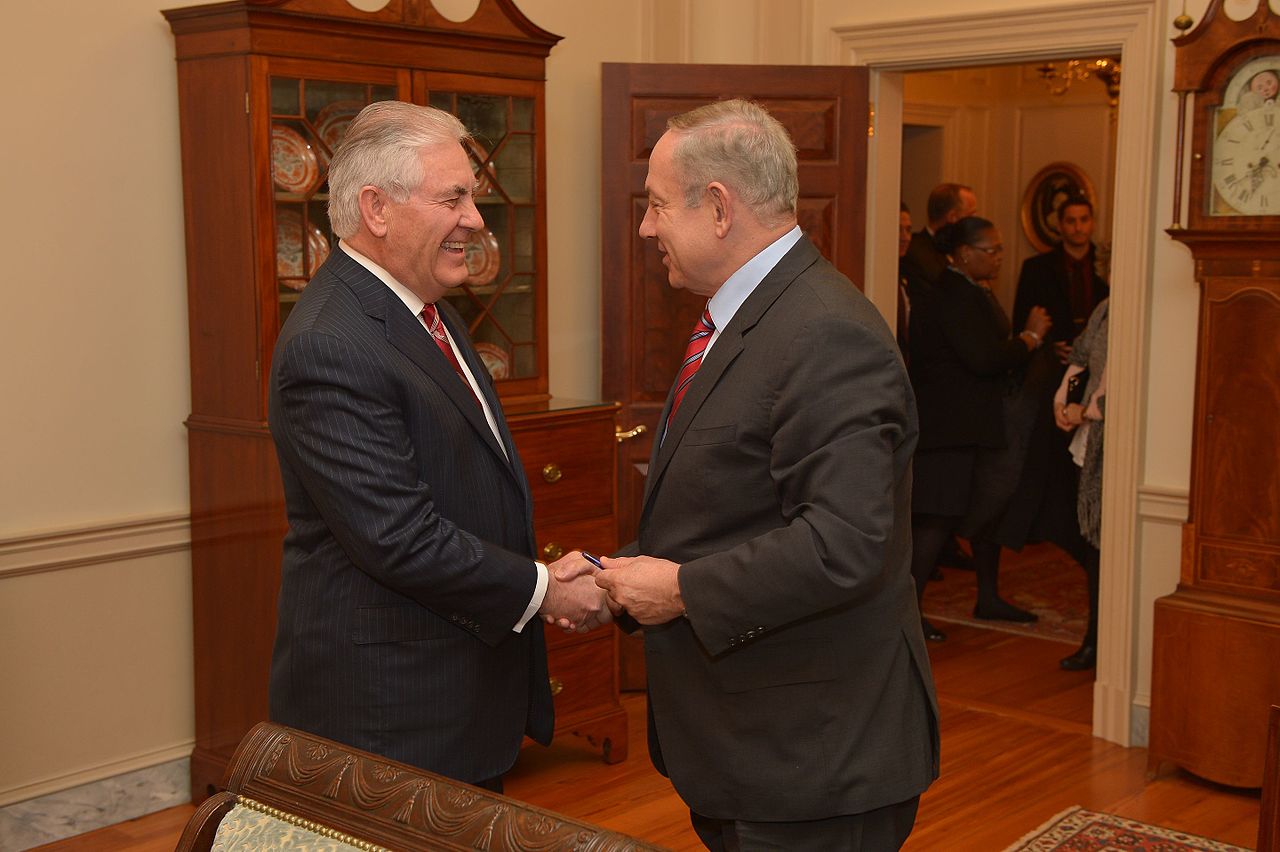Protests shake Iran's dictatorship
By Brian Topping
Two extremes were reported by mainstream media during recent nationwide protests in Iran. Firstly, Donald Trump’s personal support for the demonstrators via Twitter gained widespread coverage. Secondly, the Iranian regime claimed to be relaxed about the protests as long as they remained peaceful.
Both positions at first glance seem surprising, even plausible. However, all is not what it seems.
It is worth noting that Trump’s statements of support came when protests were already underway in 80 towns and cities across Iran. And while Trump himself in characteristic fashion was acting out of a mixture of political naivety, mischief and ignorance, the US State was attempting something entirely different, adventurous, ambitious and a clear and present danger to world peace.
By offering “support”, to Iranian protesters, the American president and his hard-line warmonger allies in the Pentagon were anticipating predictable, violent oppression by the Iranian leadership. Thus offering a further pretext for those who would wish to put Iran on the US hit list of states it wishes to impose its political will and economic domination.
The US war against Iran has been discussed many times in the White House, from George W Bush to Obama and now Trump, the White house has attempted to manipulate international opinion, more recently in the United Nations, when Trump puppet Nikki Hayley followed the example of Colin Powell and presented fake evidence to the UN when he sought to justify the US attack on and destruction of Iraq. Brandishing a section of an alleged Iranian missile in the General Assembly, Hayley claimed Iran could threaten the US with missiles just as it was threatening US ally Saudi Arabia.
IRAN IS NOT IRAQ
But Iran is not Iraq. The only superficial common characteristic in this respect is that both countries suffer an anti-progressive and oppressive government. However, unlike Saddam’s Baathist secular dictatorship, the Iranian regime is a theocratic monster, supported by a vast network of fanatical security forces. Moreover, Iranian society has one of the biggest and youngest populations in the Middle East region. Over half the population are under 35 years of age, a potentially massive fighting force.
Furthermore, Iran has a large working class with a history of national democratic revolution and resistance under the Shah. This presents a major challenge to the US.
By giving its “backing”, to the Iranian demonstrators, some in the US leadership were hoping that option might achieve the highly unlikely outcome of regime change without war, replacing one bad regime with a worse one. Ultimately of course the Iranian dictatorship can only be replaced by the Iranian people themselves and the US can never be certain that a new regime would be to its liking. Trump’s Tweets maybe fantasy politics, but sometimes can be useful to furthering imperialisms ambitions.
The response of the regime was largely to ignore Trump and was predictably harsh against the protesters. While condemning Trump’s words it attacked the demonstrators on all fronts using maximum state oppression and violence, claiming the protests were part of an international conspiracy. The regime was far from relaxed and severely shaken by the scale and extent of the protests.
It is of course not possible to consider these developments without taking into account the economic crisis affecting every aspect of Iranian society. Eighty cities saw widespread strikes by workers and students in response to their growing impoverishment and the decline of social and medical services in Iranian society.
Decades of mismanagement and wealth appropriation by the countries religious elite and their allies, combined with US sponsored international sanctions have brought the oil rich economy to ruin.
Politically too, the Iranian regime is deeply divided between self-professed reformists and fundamentalist bigots. However, this schism is superficial in the Iranian governing leadership and does not hide the fact that the country is ultimately governed by one person and his acolytes, the Supreme Leader, Ayatollah Khamieni, self-appointed God’s representative on Earth.
This primitive superstructure in Iranian society inhibits economic, scientific and cultural process on every front. And in spite of the dictatorships efforts to win US favour by agreeing to limit its nuclear research and development with the so called JCPOA agreement, these factors have deepened the country’s economic and growing political crisis.
However, while US interference and threats of war are destabilising, the most regressive factor in the politics of Iran is the theocratic regime itself.
REGIME RESPONSE TO THE PROTESTS
The regime responded to the protests with arrests and the arbitrary imprisonment of trade union leaders, student activists and representatives of women’s organisations. This follows a habit well established over decades by the Iranian government, including all its factions, flouting basic human rights and attempting to smash organised resistance to its policies and privileges. In this climate of repression, theocratic fundamentalists are united with so called reformist elements. They all have blood on their hands.
According to CODIR, the UK’s leading solidarity organisation with the Iranian people, at the height of the protests the Iranian security forces killed over 20 demonstrators and jailed nearly 4000. These included trade unionists and many higher education students in an attempt to prevent students, workers and impoverished masses uniting into a single protest movement.
According to a statement by one of its own members of the Iranian parliament, in January 2018, 90 students had been held in custody, most had not been directly involved in protest, but their arrest was a “preventative measure”. The Iranian Interior Ministry stated that the average age of most of the detainees was between 20 and 25 years.
PROFOUND SHIFT
Overall the protests themselves must be considered as a profound shift in the socio-economic and political situation in Iran. Since 1979 and in particular since the end of the Iran-Iraq war in the early 1980’s, there have been many protests against the regime. The most significant were the widespread demonstrations in 2009 in many major cities which worried the regime. However, in 2017/18 the situation and duration of the demonstrations is very different and of deeper political significance
In 2009 the demonstrations were highlighting the electoral fraud which had taken place in national elections. Then the demand was for a recount of the votes. The most recent outbreak of mass dissent is different in two key respects.
The demonstrations reached beyond Iran’s key cities and engulfed many regions. The protesters were voicing not only political demands but also calls for fundamental economic change. Demonstrators were angered by the growing impoverishment of the masses and the deepening gulf between the ruling religious classes and the people.
Officially unemployment is 12% and among the under 25’s it is nearly 25%. Prices of basic food items have been steadily rising, including, ironically petrol. Simultaneously wages have declined in value and benefits cut.
NEW PROTEST SLOGANS
The protests have also produced new political slogans. The official and perfunctory slogan; “Death to America”, has been replaced by the protesters; “Death to the Dictators”, and “Down with the Islamic Republic”. Such sentiments mark a clear shift in class alignments with the middle and professional classes joining the organised working class and urban poor against the privileged ruling and religious class.
The Tudeh Party of Iran (TPI), which is a banned organisation in the country, has welcomed the protests and warned against attempts by reactionary forces inside and outside the country, hijacking the movement for narrow political ambitions, which are not concerned with the legitimate, economic and political demands/rights of the people.
The TPI also highlights the dangers of external interference with Trump and the US attempting to manipulate the situation for its own ends. Trump in particular is desperate to overturn the 5+1 international agreement on easing sanctions, which are also contributing to the nations poverty and decline. Subsequently, the US has announced further selective sanctions allegedly in response to the regime’s repression.
There is also one other factor in the international context. Trump and US imperialism is closely aligned with Israeli Prime Minister Benjamin Netanyahu and Zionist aggression in the Middle-East.
Netanyahu also echoed Trumps support for the Iranian demonstrations. This is the very same individual who has proved many times by word and deed to be among the worst persecutors of Palestinian rights and freedoms.
The real intention and irony will not be hidden from history.
This alliance of the racist US leadership and the Israeli leadership has only one aim, the further destabilisation of the Middle-East region and Persian Gulf, while protecting backward and reactionary regimes such as Saudi Arabia.
SOLIDARITY
For solidarity movements, trade unions and progressive organisations around the world there is an urgent task of supporting the Iranian people in their struggle for democracy and human rights.
The situation in Iran exposes the contradictions and tensions throughout Iranian society.
But Iran’s struggle also highlights the international crisis of neo-liberal economics and its manipulation of politics. Internationally, growing numbers are seeing through the neo-liberal mist and protesting against the massive disparities of poverty, wealth and privilege.
The masses, especially young people, cannot be easily manipulated by the agents of imperialism or the anti-progressive rhetoric of cold/hot war warriors.
The times are changing, Iran is not alone or immune.

Ayatollah Khamenei, Iran's current and 2nd supreme leader

The late Ayatollah Khomeini, Iran's 1st supreme leader.
"The Tudeh Party of Iran, which is a banned organisation in the country, has welcomed the protests but has warned against attempts by reactionary forces inside and outside the country (the USA and Israel) hijacking the movement for narrow political ambitions, which are not concerned with the legitimate demands of the people."

Washington D.c. February 2017: US Secretary of State, Rex Tillerson (left) with Israeli Prime Minister, Benjamin Netanyahu






